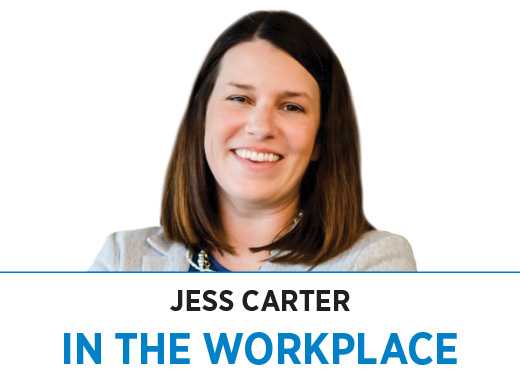Subscriber Benefit
As a subscriber you can listen to articles at work, in the car, or while you work out. Subscribe Now A scenario I’ve seen play out again and again: Some of the smartest data scientists in the world present compelling insights to business leaders. The data is accurate. The analysis is solid. The presentation concludes.
A scenario I’ve seen play out again and again: Some of the smartest data scientists in the world present compelling insights to business leaders. The data is accurate. The analysis is solid. The presentation concludes.
But when the presenters look to the audience, hoping for a response, they’re met with blank stares. The decision-makers feel pressure building—they’re expected to make data-driven decisions on the spot. The data presenters sense the tension and start to question their delivery. It’s not the slam dunk everyone thought it should be. The meeting limps along while technical analysts and leaders both try to fill the gap.
I’ve watched this story on repeat for 10 years. Technical experts often get frustrated when business leaders don’t inherently “get it,” while non-technical leaders feel equally frustrated when data experts throw a bunch of numbers at them. With data presenters on one side and decision-makers on the other, a chasm of missed opportunities is in between.
I’ve coached people on both sides. And I coach each very differently.
The solution? Both can make a shift.
Make data resonate
Let’s start with data presenters.
Walking into a meeting, presenting findings, and saying, “Ta-da!” leaves everyone unsatisfied.
The reality is, people don’t connect with numbers; they connect with stories. Effective data presentations are less about explaining in painful detail your raw analysis efforts and more about storytelling. Chris Chin, a TEDx presenter and communication coach for data professionals, emphasized this on a recent episode of “Data-Driven Leadership”: It’s about finding the “human” element in data, tying it back to people.
“It’s easy to get lost in the abstractions,” Chin said. “But it’s important to remember that those numbers, at the end of the day, represent or impact people in some way.”
For example, if you’re analyzing sales by payment method, you could add a human element by looking at how payment preferences vary across age, region or income. Maybe younger customers prefer mobile payments, while others prefer credit cards or cash. Insights like these can guide business decisions on flexible payment options that improve customer satisfaction.
Finding the human element also means being human. Don’t expect your audience to draw conclusions alone. Invite questions and start a dialogue as soon as possible! The less it feels like a presentation and the more it feels like a conversation, the more likely you are to walk out feeling like it was a slam dunk.
It might not be your job to prescribe actions or decisions, but you can share your curiosities and ask for input. In engaging leaders’ perspectives, you’ll watch them instantly go from leaning out to leaning in.
Ask questions
The best leaders I’ve worked with approach data with curiosity and collaboration, not impatience. They recognize that data analysts might not know every strategic detail of the business, but they show appreciation for the analysts’ expertise. And they ask questions that foster understanding.
I’ve been in tech for 10 years, and I don’t know how to write a single line of code. But I’ve learned how to ask the right questions around a problem to get the right results. I constantly keep a visualization in my mind that helps with this—when I’m trying to get a 360-degree perspective of a problem, I picture myself at the center of a circle. As I turn, I think about all the angles of the situation—who, what, where, when, why, etc. I will always end with, “What am I missing?”—trying to find the missing perspective before I bring it to someone else. This really helps me think about it from a 360-degree perspective. Analyzing anything is about breaking down a problem really effectively.
The best questions aren’t technical; they’re about context.
If nothing else, here’s simple framework for gaining clarity:
◗ Clarify: Repeat back what you heard to ensure understanding.
◗ Worst case: Ask about the worst-case scenario if you change nothing.
◗ Best case: Ask about the ideal future state if you implement changes based on the data.
The answer will likely be somewhere between the two. By grounding conversations in questions, leaders can create a space where “data” and “action” converge.
Creating a bridge—together
Ultimately, it takes both sides to build an effective bridge. This is a partnership: The analyst brings insights, and the leader brings context. The relationship matters, as does empathy. No one can read minds—full stop. Meetings should be spaces where both sides feel comfortable, without the weight of immediate decision-making or an atmosphere thick with anxiety.
When there’s room to breathe, pressure fades, and clarity follows. That’s when data truly becomes a part of decision-making. The goal isn’t just to deliver numbers; it’s to create a shared understanding, turning insights into action. In the end, that’s what real data-driven leadership is all about.•
__________
Jess Carter is host of the “Data Driven Leadership” podcast and vice president of client experience and delivery operations at Resultant.
Please enable JavaScript to view this content.
